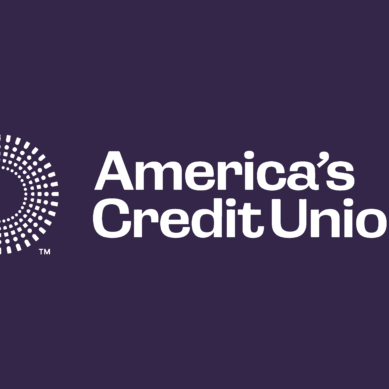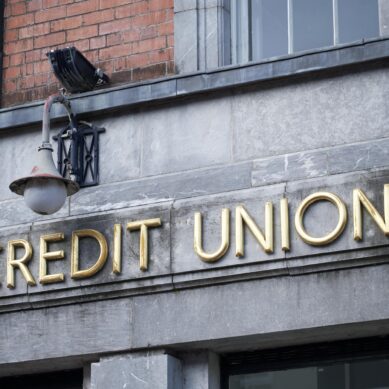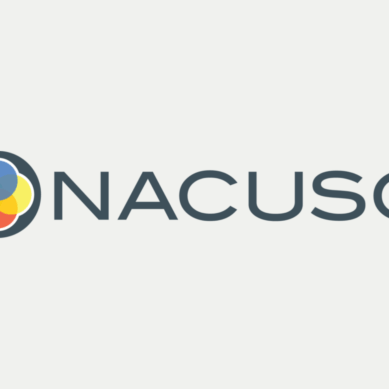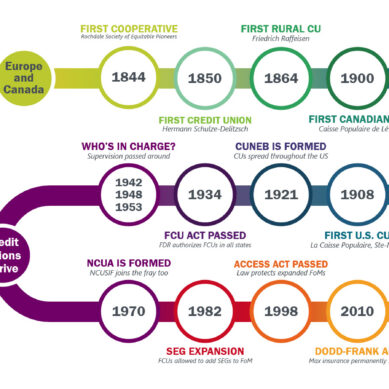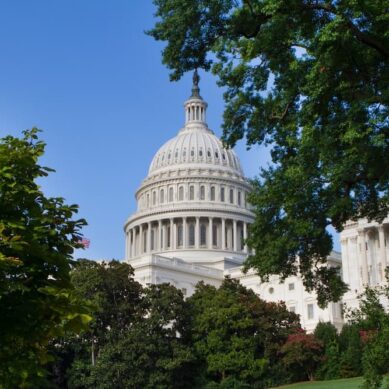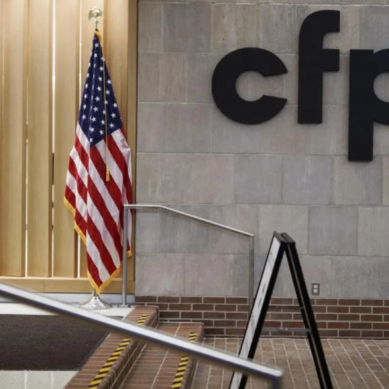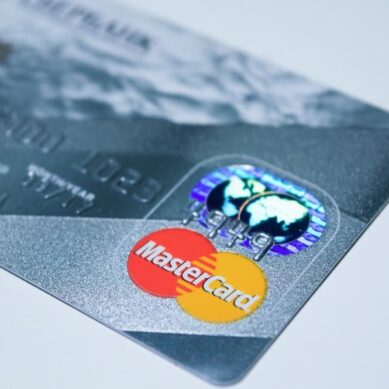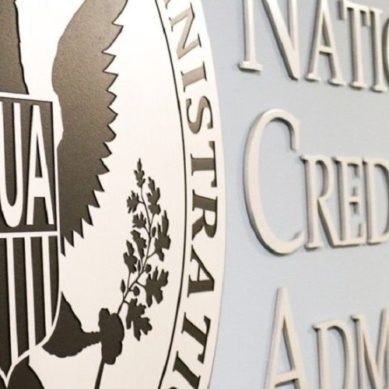Sponsorship marketing has become an essential tool for credit unions looking to build brand awareness, foster community engagement, and drive member growth. However, not all sponsorships deliver the same value.
To maximize impact, credit unions must strategically evaluate potential sponsorships based on audience alignment, brand fit, and activation opportunities. This article provides a comprehensive framework to help credit unions choose the right sponsorships and ensure a strong return on investment.
Why sponsorships matter for credit unions
Unlike traditional advertising, sponsorships offer an opportunity to build meaningful relationships with communities and members. A well-chosen sponsorship can:
- Enhance brand credibility and trust.
- Provide direct engagement with target audiences.
- Differentiate your credit union from competitors.
- Drive new membership and product adoption.
- Reinforce community involvement and support financial education initiatives.
However, sponsorships require more than just writing a check. The key to success lies in strategic selection and activation.
The sponsorship evaluation checklist
Before committing to a sponsorship, credit unions should assess opportunities based on the following key criteria:
Audience alignment
The most effective sponsorships are those that connect with your ideal members. To determine audience fit, consider:
- Demographics: Does the event or organization attract individuals who match your target market? Consider factors like age, income, and financial habits.
- Psychographics: Does the audience share values and interests that align with your credit union’s mission? For example, if your credit union prioritizes community service, a sponsorship with a local nonprofit may be a strong fit.
- Local vs. regional impact: If you’re a community-based credit union, does the sponsorship primarily reach your core service areas? For statewide credit unions, a larger event may be a better fit.
- Member engagement potential: Are current members likely to attend or participate? If so, this can strengthen loyalty and increase brand affinity.
Brand fit
A sponsorship should enhance your brand image, not dilute it. Ask:
- Does the sponsorship align with your credit union’s values? A credit union focused on financial literacy might prioritize sponsorships related to education, youth programs, or economic empowerment.
- Will the association enhance brand perception? The right sponsorship should reinforce positive attributes like trust, community commitment, and innovation. It should not conflict with your mission or create reputational risks.
- Does it align with your existing marketing strategy? If you’re prioritizing digital growth, look for sponsorships that include digital content opportunities, such as webinars, social media collaborations, or livestreamed events.
- How does it compare to other partnerships? If multiple sponsorship opportunities exist within a given market, evaluate which will create the best long-term impact for your credit union.
Activation opportunities
Simply having your logo on an event banner is not enough. To maximize sponsorship ROI, explore how you can actively engage audiences:
- On-site activation: Will you have an opportunity for in-person engagement, such as a booth, interactive experience, or speaking opportunity? Hosting financial education sessions or a prize giveaway can increase engagement.
- Content marketing: Can you create blog posts, social media content, or videos around the sponsorship? Exclusive behind-the-scenes content or interviews can add value.
- Member benefits: Does the sponsorship allow for exclusive member perks, like VIP access, early ticket sales, or discounts? Offering incentives tied to new account openings or loan products can boost ROI.
- Data collection: Can you gather leads, conduct surveys, or encourage sign-ups for financial services? Leveraging digital tools, like QR codes that link to a landing page, can improve lead capture.
- Employee engagement: Can staff volunteer at the event, enhancing internal culture and community visibility? Employee participation strengthens connections with attendees and increases brand authenticity.
Exclusivity & competitive advantage
Evaluate whether the sponsorship gives you a competitive edge:
- Category exclusivity: Will your credit union be the only financial institution sponsoring the event, or will you be competing with banks and fintechs? If exclusivity is available, it can significantly increase brand visibility.
- Brand visibility: How prominently will your credit union be featured in promotional materials, event signage, and digital communications? Ensure your brand has high-impact placements.
- Long-term value: Is there an opportunity to establish a multi-year partnership for sustained brand recognition? Long-term sponsorships often yield greater returns than one-off engagements.
- Cross-promotional opportunities: Does the sponsorship provide co-marketing opportunities with other sponsors? Partnering with like-minded brands can amplify reach and enhance credibility.
Financial considerations & ROI measurement
Sponsorships should be viewed as an investment, not just an expense. To ensure financial viability, consider:
- Cost vs. reach: Is the sponsorship cost justified based on audience size and engagement potential? Compare sponsorship cost to projected impressions, interactions, and conversions.
- Clear ROI metrics: Can you track new memberships, increased product adoption, website traffic spikes, or enhanced brand sentiment? Define measurable success metrics before signing an agreement.
- Additional costs: Factor in activation expenses, staffing, and promotional efforts beyond the initial sponsorship fee. If activations require a separate budget, confirm the total spend before committing.
- Break-even analysis: Estimate how many new members or product sign-ups are needed to justify the sponsorship expense. If the break-even point is unrealistic, consider renegotiating terms or exploring alternative sponsorships.
Types of sponsorships credit unions should consider
Not all sponsorships are created equal. Here are some common types that align well with credit unions:
Community & nonprofit sponsorships
Supporting local charities, financial literacy programs, and community initiatives aligns with the credit union philosophy of “people helping people.” These sponsorships enhance reputation and deepen local connections. They also demonstrate a commitment to corporate social responsibility, which can appeal to socially conscious members.
Sports & entertainment sponsorships
Partnering with local sports teams, concerts, or cultural events can provide broad exposure and attract younger demographics. These sponsorships are particularly effective when they include member engagement opportunities, such as special ticket packages, exclusive experiences, or co-branded promotional campaigns.
Educational & financial literacy programs
Sponsoring high school and college financial literacy programs reinforces a commitment to member education while positioning your credit union as a trusted financial partner. Consider collaborating with schools, libraries, and workforce development programs to extend your impact.
Industry & business partnerships
Sponsoring industry events, credit union conferences, or local business expos can increase B2B awareness and foster valuable strategic partnerships. These sponsorships can lead to co-branded initiatives, business membership growth, and stronger relationships within the financial sector.
Choose wisely
Sponsorships can be a powerful marketing tool for credit unions, but success depends on strategic selection and activation. By using the evaluation checklist—focusing on audience alignment, brand fit, and activation potential—credit unions can ensure that their sponsorship investments drive real value.
Before signing any sponsorship agreement, ask: Will this partnership help us connect with the right audience, strengthen our brand, and provide meaningful engagement opportunities? If the answer is yes, then you’ve found the right sponsorship for your credit union.





